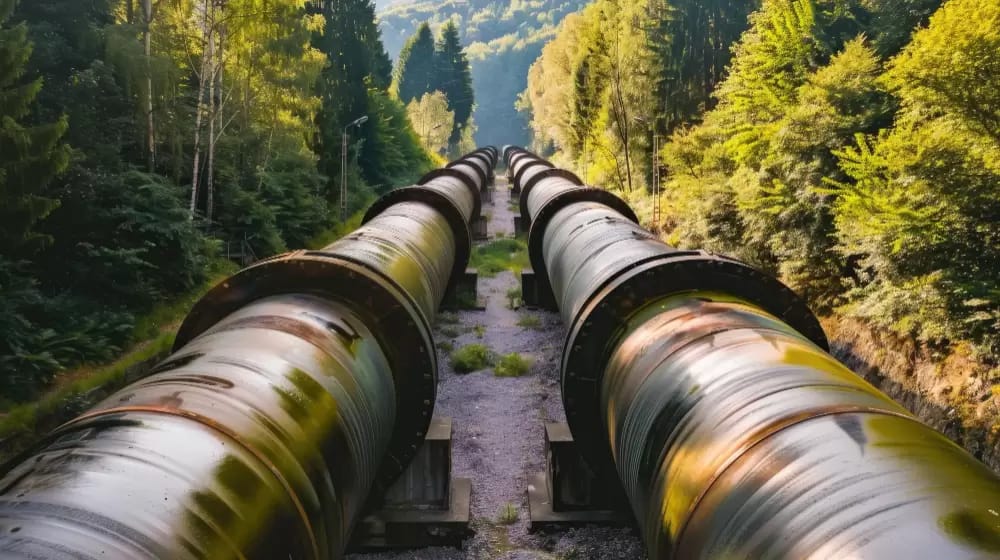The cessation of Russian gas supplies through Ukraine marks shift in European energy dynamics. This change follows Ukraine‘s refusal to renew its transit agreement with Gazprom, effective January 1, 2024. The ongoing conflict between Ukraine and Russia has complicated energy negotiations, leaving Europe to seek alternative sources.
Current Gas Supply Volumes
Russian gas exports to Europe have drastically decreased since the invasion of Ukraine in February 2022. Previously, Russia supplied approximately 65 billion cubic metres (bcm) annually via Ukraine. By December 2023, this volume had plummeted to less than 14 bcm. The European Union’s efforts to reduce dependence on Russian energy have resulted in Russia’s market share dropping from 35% to around 8%.
Economic Impact
The financial implications are substantial. Russia stands to lose around $5 billion in sales from this transit route. Meanwhile, Ukraine earns between $800 million and $1 billion annually in transit fees. The European gas market experienced record price surges in 2022 due to reduced Russian supplies, although a similar rally is deemed unlikely with current lower volumes.
Affected Regions
Austria and Slovakia are among the most impacted by the end of Russian gas transit. Austria previously relied heavily on this route, while Slovakia sourced about two-thirds of its gas from Gazprom. Both countries have diversified their supply sources, reducing potential disruptions.
Alternative Supply Options
With most Russian gas routes closed, buyers are exploring alternatives. The TurkStream pipeline offers limited capacity to Turkey and surrounding countries. Slovakia can source gas from Hungary, Austria, the Czech Republic, and Poland. The Czech Republic plans to increase imports from Germany and assist Slovakia with transit capacities.
Moldova’s Situation
Moldova, which receives about 2 bcm of gas annually from Russia, is also affected. Gazprom has announced a suspension of supplies due to unpaid bills. In response, Moldova aims to reduce consumption by one-third and has diversified its energy sources to mitigate the impact.
Historical Context of Gas Transit
The Urengoy-Pomary-Uzhgorod pipeline, established during the Soviet era, has been a key route for Russian gas to Europe. This pipeline traverses Ukraine and splits into branches supplying various European nations. The geopolitical landscape has changed, impacting the future of this energy corridor.
GKToday Notes:
- Naftogaz: Naftogaz is Ukraine’s state-owned oil and gas company. It plays a key role in managing gas supplies and transit agreements, influencing energy dynamics in Europe.
- Transdniestria: Transdniestria is a breakaway region in Moldova. It relies on Russian gas for power generation, complicating Moldova’s energy independence and economic stability.
- Urengoy-Pomary-Uzhgorod Pipeline: This Soviet-era pipeline transports gas from Siberia to Europe via Ukraine. It has been crucial for Russian gas exports, shaping European energy dependencies.
- TurkStream: TurkStream is a gas pipeline connecting Russia to Turkey. It runs under the Black Sea and offers limited capacity for gas supply to Southeastern Europe.

Leave a Reply